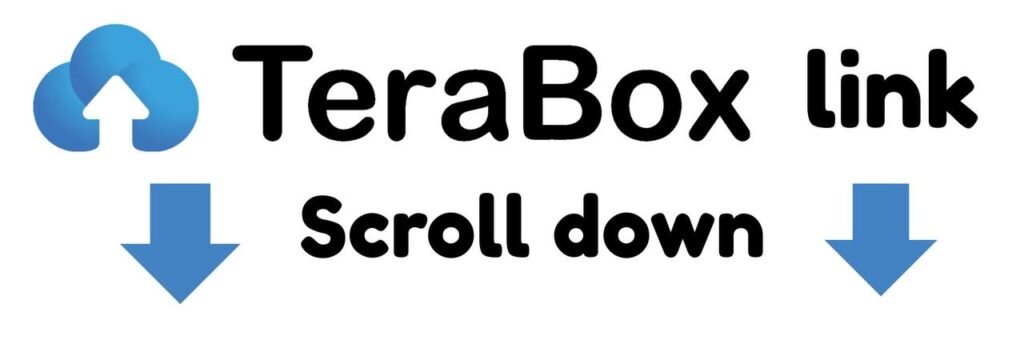
When it comes to financial stability, having money set aside is crucial. But not all saved money serves the same purpose. Two common financial tools often confused are emergency funds and savings accounts. While both involve setting aside money for future use, they serve distinct roles in a well-rounded financial plan.
In this article, we’ll break down the key differences between an emergency fund and a savings account, help you understand when to use each, and offer tips to optimize both.
What Is an Emergency Fund?
An emergency fund is a financial safety net set aside to cover unexpected expenses. These might include:
- Medical emergencies
- Job loss
- Urgent home or car repairs
- Family emergencies
Key Characteristics:
| Feature | Emergency Fund |
|---|---|
| Purpose | For true emergencies only |
| Liquidity | High — should be easily accessible |
| Risk | Very low — stored in safe, liquid accounts |
| Ideal Location | High-yield savings account or liquid fixed deposit |
| Recommended Size | 3 to 6 months of living expenses |

What Is a Savings Account?
A savings account is a general-purpose account used to store money securely while earning modest interest. It’s not limited to emergencies and can be used for:
- Vacation planning
- Down payment for a home
- Festival or wedding expenses
- Buying a gadget or car
- Backup liquidity
Key Characteristics:
| Feature | Savings Account |
|---|---|
| Purpose | General short-to-medium-term savings |
| Liquidity | High |
| Risk | Low |
| Ideal Location | Bank savings account (online or traditional) |
| Recommended Use | Parking surplus funds temporarily or saving for goals |
Emergency Fund vs Savings Account: Key Differences
| Category | Emergency Fund | Savings Account |
|---|---|---|
| Purpose | Only for unexpected financial shocks | For planned or discretionary expenses |
| Access | Should be readily available but not used casually | Freely accessible for any reason |
| Size | 3–6 months of expenses or more | No specific size—based on goals |
| Location | Preferably in a high-interest, no-risk account | Any bank savings account or digital wallet |
| Interest Rate | Slightly higher if in high-yield accounts | Usually lower than FD or mutual funds |
| Usage Frequency | Rare, only in emergencies | Frequent or as needed |
Why You Need Both
A common mistake is treating a savings account as an emergency fund. But this can be risky. Let’s break it down:
- If you use your regular savings for emergencies, it can derail your planned purchases or goals.
- If your emergency fund is too accessible and not clearly defined, you may be tempted to use it for non-urgent needs.
Having both ensures you’re prepared for surprises without compromising your financial goals.
Where to Keep Your Emergency Fund
While accessibility is key, it’s also important that your emergency fund earns some interest. Ideal places include:
- High-Yield Savings Accounts: Offered by many online banks with interest rates above regular savings accounts.
- Sweep-in Fixed Deposits: Automatically moves idle money into FDs for higher interest, but keeps funds liquid.
- Liquid Mutual Funds (for advanced users): Slightly higher risk but more return; requires a day or two for withdrawal.
Where to Keep Regular Savings
For your standard savings, the best options depend on your goals and risk appetite:
| Goal | Best Option |
|---|---|
| Short-term (1–6 months) | Bank savings account or RD |
| Medium-term (6 months – 3 years) | Fixed deposits or short-term debt funds |
| Long-term (3+ years) | Mutual funds, ULIPs, or PPF |
How to Build an Emergency Fund: Step-by-Step
- Calculate your monthly expenses – Include rent, groceries, EMIs, utilities.
- Multiply by 3 to 6 – This gives your target emergency fund size.
- Open a separate account – Avoid mixing with your general savings.
- Start with small goals – ₹5,000, then ₹10,000, and build gradually.
- Automate your savings – Set up auto-debits to build discipline.
Common Mistakes to Avoid
| Mistake | Why It’s a Problem |
|---|---|
| Using emergency fund for shopping or travel | Defeats the purpose of financial security |
| Keeping all savings in one account | Makes it easy to overspend and harder to track |
| Not replenishing the emergency fund after use | Leaves you unprotected in future crises |
| Investing emergency fund in risky assets | Risk of loss or delay in withdrawal |
FAQs: Emergency Funds vs Savings Accounts
1. Can my emergency fund be in the same account as my savings?
Not recommended. Keeping it separate reduces the temptation to use it unnecessarily.
2. Is a fixed deposit a good place for an emergency fund?
Only if it’s a sweep-in FD or a short-term FD with no penalty on early withdrawal.
3. How fast should I build my emergency fund?
There’s no fixed timeline—start with a small monthly amount and increase as your income grows.
Conclusion
Both emergency funds and savings accounts are essential pillars of personal finance. Think of an emergency fund as your financial shield—there to protect you in uncertain times. A savings account, on the other hand, is your financial stepping stone, helping you move toward your goals.
If you don’t have either set up yet, start today. Prioritize building your emergency fund, then use a savings account to fuel your dreams.